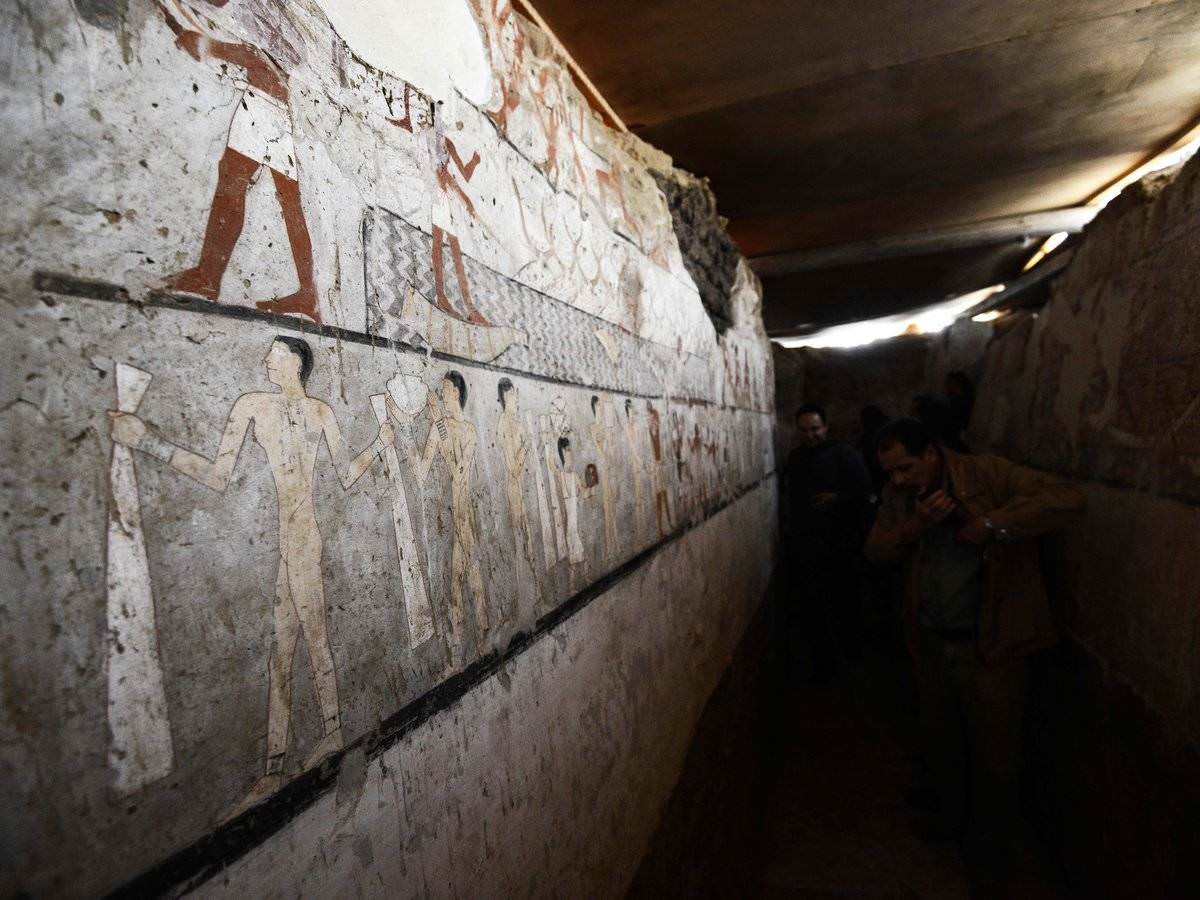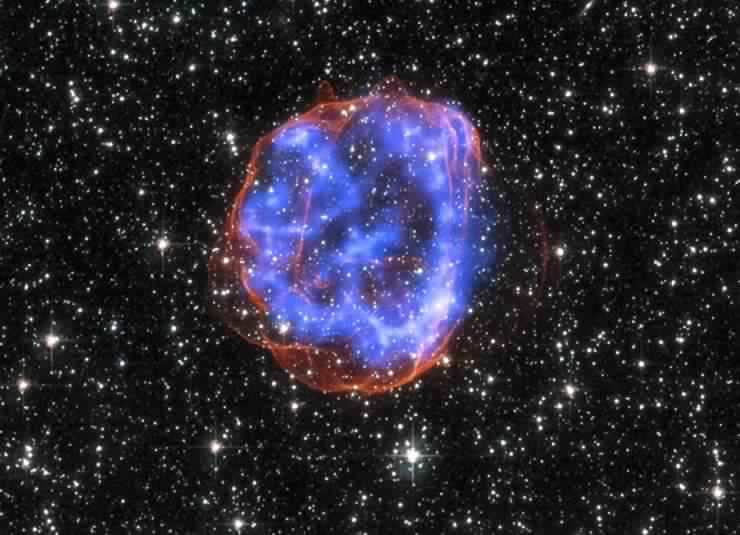
Archaeologists in Egypt have unveiled the newly discovered tomb of an ancient priestess that dates back 4,400 years.
The tomb is said to be that of a high-ranking ancient Egyptian priestess known as Hetpet. Archaeologists believe that she was close to fifth dynasty (c. 2,500 BC) Egyptian royalty.
Hetpet is thought to have been a priestess of Hathor, the goddess of fertility whom ancient Egyptians believed protected women during childbirth. And, though her mummy has yet to be found, fragments of artefacts belonging to Heptet were previously discovered in the same area over a century ago, in 1909.
The tomb, constructed from mud and brick, was discovered following a mammoth excavation effort which involved the removal of between 250 and 300 cubic metres of earth. “This is a very promising area. We expect to find more,” said lead archaeologist Mostafa al-Waziri AP reports.
“We have removed between 250-300 cubic meters of layers of earth to find the tomb,” he added. Contained within are various well preserved paintings depicting the priestess observing a variety of hunting and fishing scenes.
Others show a monkey picking fruit while another dances in front of an orchestra, monkeys having been domesticated animals in the times of the Pharaohs. The mission that sparked this latest discovery began in October 2017, but archaeologists have been making finds in the area since the 18th Century.
And they show no sign of slowing down: Aside from all of the wonders that have been unearthed, more treasures surely lie beneath the vast desert. 2017 was a good year for relic hunters; in December two 3,500 year old tombs were discovered near the ancient Egyptian city of Luxor and the iconic Valley of the Kings.
In November archaeologists discovered a secret, giant void within the Great Pyramid of Giza. Located above the pyramid’s Grand Gallery, the 30-meter-long void inside Khufu’s Pyramid remains a mystery.













